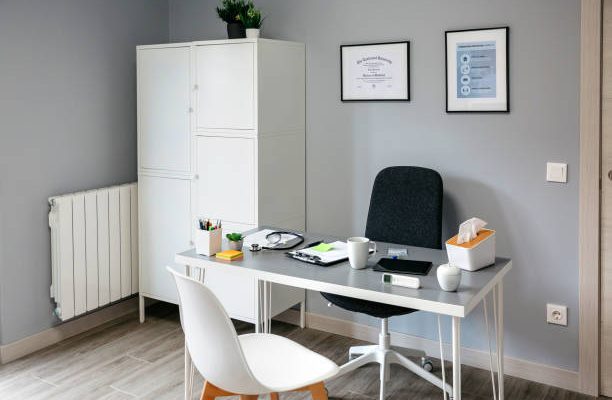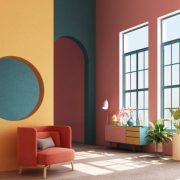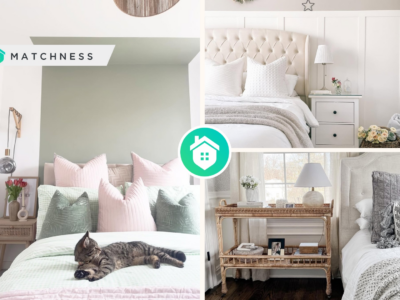Introduction: The Challenge of Cramped Spaces
Ah, student life! A whirlwind of studies, socializing, and, often, surviving in a space that’s, well… cozy, to put it nicely. With rising accommodation costs and space at a premium, many students find themselves in rooms that are closer in size to a closet than a luxury suite. But what if you could transform that tight spot into a dual-function area for both study and relaxation?
Oh, the joys and challenges of student life! It’s a vibrant mix of rigorous studies, spirited socializing, and the all-too-familiar struggle of living in surprisingly confined spaces. Given today’s skyrocketing accommodation costs, a considerable number of students are faced with the task of making the most out of living areas that often seem more reminiscent of a shoebox than a spacious apartment. Despite these spatial limitations, imagine if there were innovative ways to metamorphose these tight confines into multifunctional zones, adeptly designed for both focused study sessions and much-needed relaxation. Wouldn’t that be a game-changer?
Understanding Space Dynamics
Importance of space optimization for students
Space is more than just a physical entity; it’s also a state of mind. Ever tried to study on a cluttered desk? It’s not just distracting; it can be downright stressful! That’s why optimizing your living space is crucial. Not only does it boost productivity, but it also enhances mental well-being. Now, let’s dive into the specifics.
Role of Furniture Placement in a Student’s Life
Furniture arrangement is more than just an aesthetic choice; for students, it directly impacts their educational journey. Much like the strategic placements in a game of Tetris, optimizing your furniture can significantly enhance your room’s functionality and flow. Remember those intense Tetris sessions where every block needed to fit perfectly? Similarly, in a student’s space, each piece of furniture should serve a specific purpose, aiding in their educational endeavors.
For students, an efficient room layout can boost productivity. A well-placed desk near the window can offer natural lighting for those long study hours. A comfortable chair positioned correctly can reduce the chances of backaches during marathon study sessions. And a clutter-free surface can be the difference between a distracted mind and a focused one.
In this digital age, many students often turn to online resources to complement their studies. If you’ve ever found yourself searching for the best paper writing services, you’d understand the importance of a distraction-free zone. A well-organized space, devoid of chaos, ensures that your focus remains undivided, letting you make the most of such academic services and boosting your overall performance. In essence, a thoughtfully arranged room lays the foundation for academic excellence.
Tips to Optimize Small Student Rooms
Dual-purpose furniture recommendations
Why buy a bed and a sofa separately when you can have a sofa-bed? Dual-purpose furniture, like ottomans with storage or desks with shelves, are a godsend for small spaces. They save space and money. Win-win, right?
Vertical storage solutions
Ever looked up and realized how much vertical space goes unused? From hanging shelves to over-the-door organizers, going vertical is like discovering a hidden layer in your room.
Light & Color: Creating the illusion of space
Lighter shades can make your room feel airy and spacious. Incorporate mirrors to reflect light and give the illusion of a larger space. And remember, natural light is your best friend!
Decluttering: The underrated secret
Marie Kondo wasn’t lying. Decluttering can transform a space. Hold on to items that serve a purpose or spark joy, and let go of the rest. The difference can be astonishing.
Balancing Study and Relaxation
Designating zones within the room
Just as you wouldn’t sleep in the library or study at a party, it’s essential to designate specific zones in your room for different activities. Even in the tiniest room, a clear division can help mentally prepare you for the task at hand.
Importance of lighting
For study sessions, use white or blue-toned lights. They enhance concentration. For relaxation? Warm, soft lights are your go-to. They create a calming ambiance, perfect for unwinding after a long day.
Incorporating relaxation techniques
From scented candles to soothing music, little touches can make your room a sanctuary of relaxation. Remember, it’s not just about physical space but also creating a mental oasis.
When to Seek External Help
Feeling overwhelmed? It’s okay to seek help, be it from a professional interior designer or a friend with a knack for organizing. Sometimes, a fresh set of eyes can offer a new perspective on making the most of your space.
Conclusion: Thriving in Small Spaces
Embrace the challenge! With creativity and a few strategic choices, you can turn your compact student room into a versatile space that caters to both your study and relaxation needs. And the skills you pick up along the way? They’ll serve you well beyond your student years.
Facing the challenges of a small space head-on is not just about surviving—it’s about thriving! By harnessing your inner creativity and making well-thought-out decisions, your petite student quarters can be transformed into a multifunctional haven. This space will seamlessly blend the demands of academic rigor with moments of leisure and reprieve.
The journey of optimizing your space will also equip you with valuable skills. From organizational prowess to resourceful thinking, these competencies won’t just be confined to the four walls of your room. As you transition into various phases of life, whether it’s moving into your first apartment, starting a family, or even setting up an office, the lessons learned from maximizing small spaces will consistently prove to be invaluable assets. In essence, embracing the constraints of today can set you up for a lifetime of innovative living.
Frequently Asked Questions (FAQs)
- Can I optimize my room on a budget?
- Absolutely! Many DIY solutions can be both cost-effective and innovative.
- How often should I declutter my room?
- It’s a good idea to assess your belongings every 3-6 months. But if you feel overwhelmed, declutter as needed.
- Is natural light really that important?
- Yes! Natural light not only saves on electricity but also has numerous health benefits, including improving mood and sleep.
- How do I keep my room optimized?
- A routine helps. Dedicate a few minutes daily to tidying up, and it’ll become second nature.
- Can colors really affect my mood and productivity?
- They can! Different colors can evoke different emotions and levels of alertness.
























